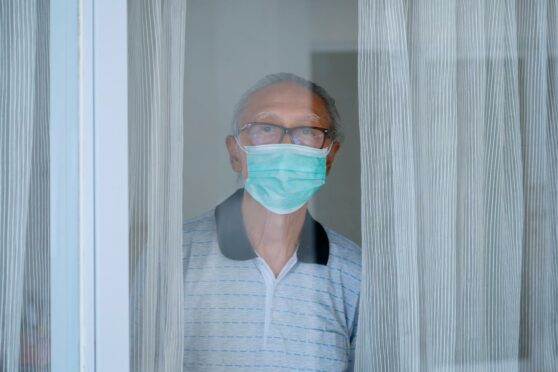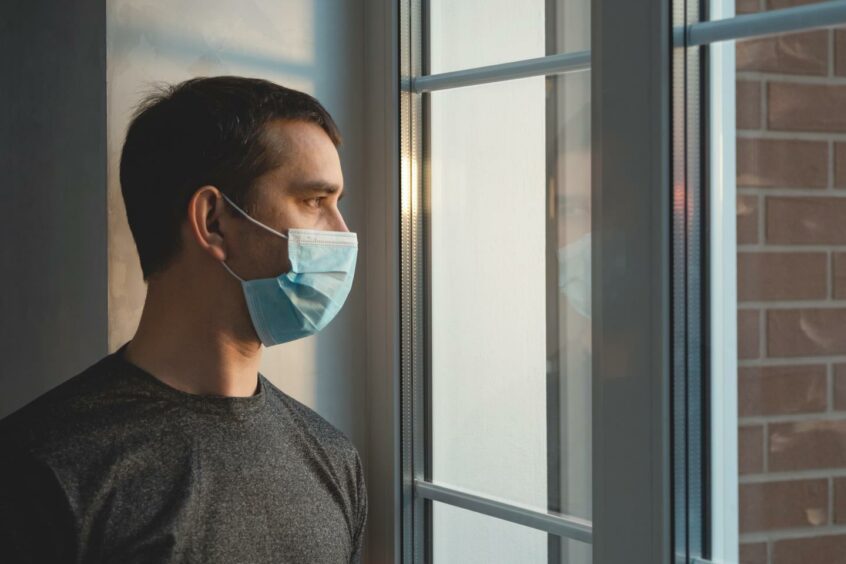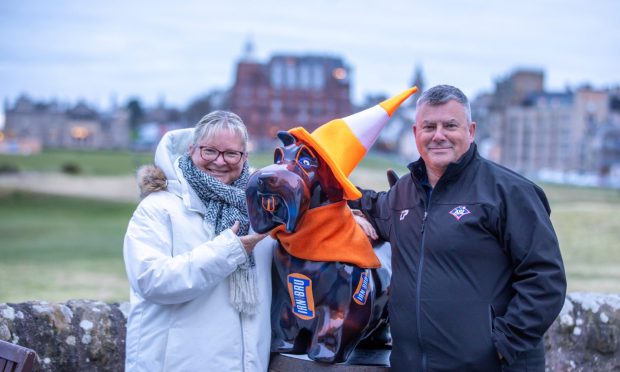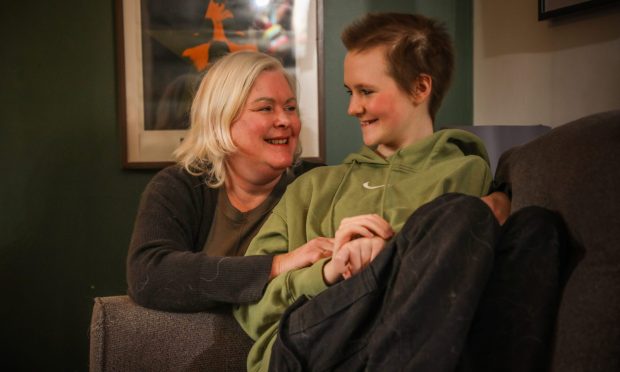The rules around self-isolation have changed a few times during the pandemic. And the Scottish government is constantly reviewing advice.
People who test positive in England have to isolate for seven days (from day zero to day six), while it’s five days in the USA.
So, what are the current rules in Scotland?
Do you still have to self-isolate if someone you live with tests positive? What are the rules for under-18s?
We’re reminding you of all the rules around self-isolation.
Do I still have to self-isolate if I have Covid or symptoms?
If you’ve tested positive for Covid – regardless of whether you know it is Omicron or any other variant – you are advised to self-isolate for 10 days.
However, you can now leave self-isolation after seven days if you have no symptoms and return two negative lateral flow tests.
The first test must be taken no earlier than six days after testing positive. The other must be at least 24 hours after that, on day seven.
What if I’m a close or household contact?
Household and close contacts will no longer have to isolate. This is the case as long as they take a lateral flow test every day for seven days and the result is always negative.
However, this only applies to those who are fully vaccinated. This means those with a first, second and booster dose.
The new rule also applies to anyone under the age of 18 years and four months.
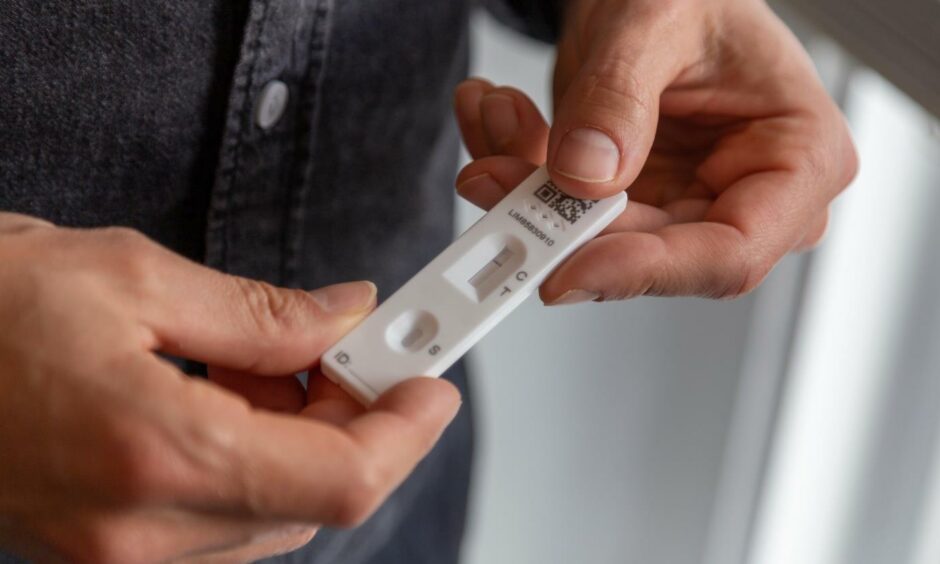
Any household or close contacts older than 18 years and four months who haven’t had the three Covid vaccine doses will still need to self-isolate for the full 10 days.
If you have symptoms (these now vary from a high temperature, fatigue to scratchy cough, and/or changes to your sense of smell or taste), you should also self-isolate and book a PCR test.
What should I do if I’m identified as a contact?
If you’re a fully vaccinated adult identified as a household or close contact of someone who has Covid, you should take lateral flow tests every day for at least seven days.
As long as the result is negative, you are able to continue to go outside – you do not need to self isolate.
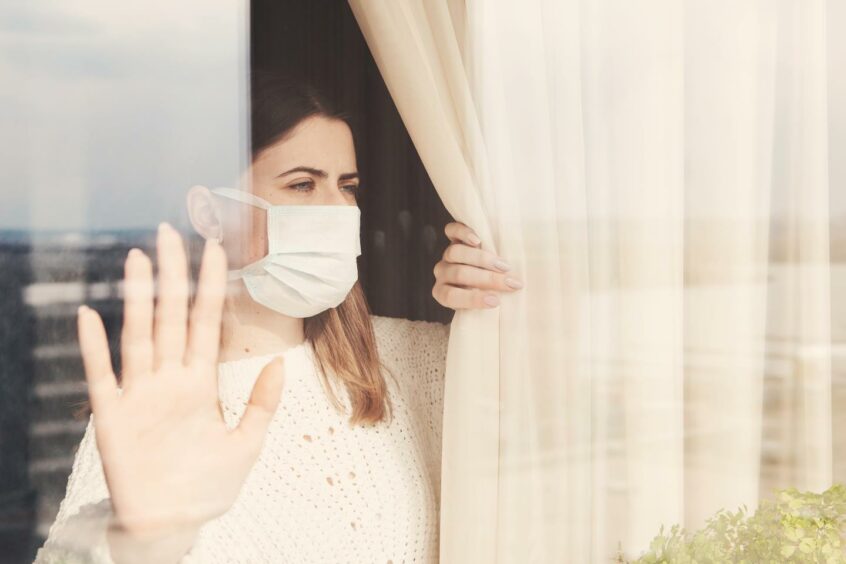
However, if you test positive on a lateral flow during this time you should self-isolate immediately and report the result online so Test and Protect can contact you and advise what to do.
So if you’re partially or non-vaccinated, you’ll need to self-isolate for 10 days, whether or not you have symptoms.
This is because symptoms can take several days to develop and you can pass on the virus even if you don’t know you have it. If you develop symptoms, request a test.
What are self-isolation rules for under-18s?
Regardless of age, anyone who tests positive for Covid must self-isolate immediately.
Under-18s identified as a close or household contact do not have to self-isolate. This is as long as they test negative on lateral flow tests for seven days.
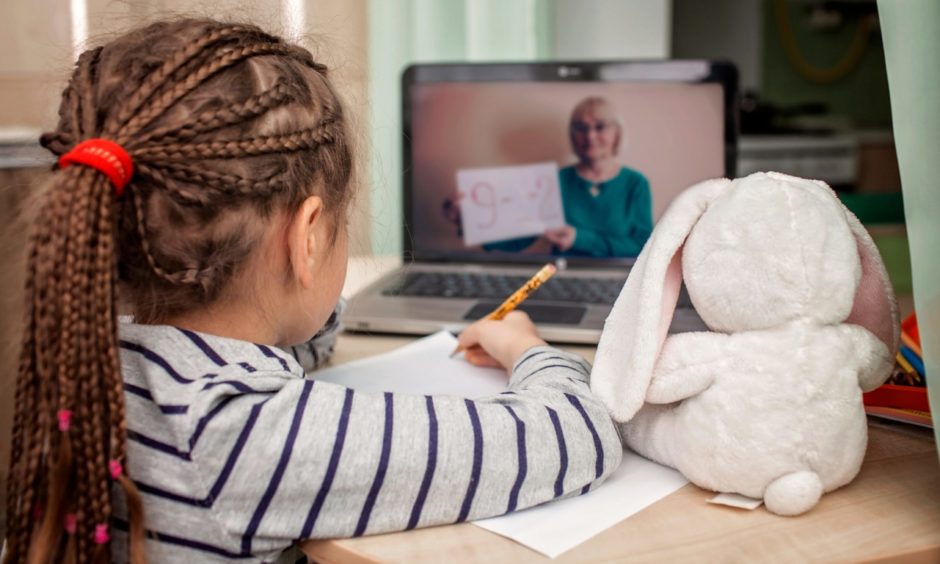
As with adults, if under-18s test positive during those seven days, they should begin self-isolation.
However, unlike adults, under-18s do not need to be fully vaccinated for these rules to apply to them.
How do I self-isolate properly?
Stay at least two metres away from others in the home and sleep alone.
Spend as little time as possible in shared areas (sitting room, kitchen, bathroom). Avoid using your kitchen while others are present.
Use separate towels and clean shared areas and surfaces every day.
